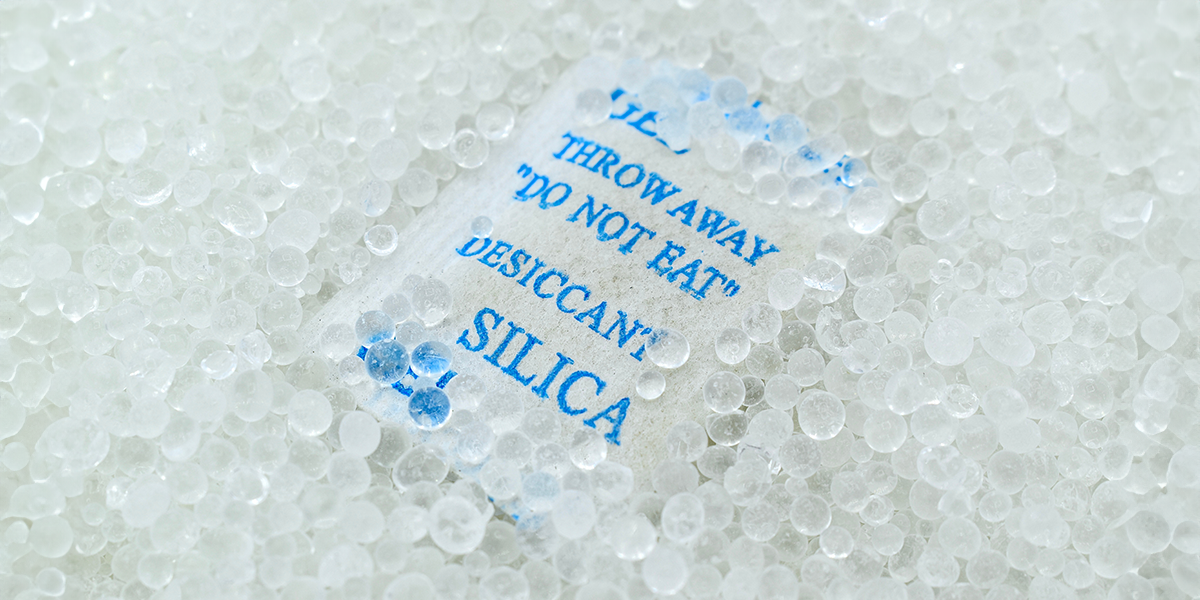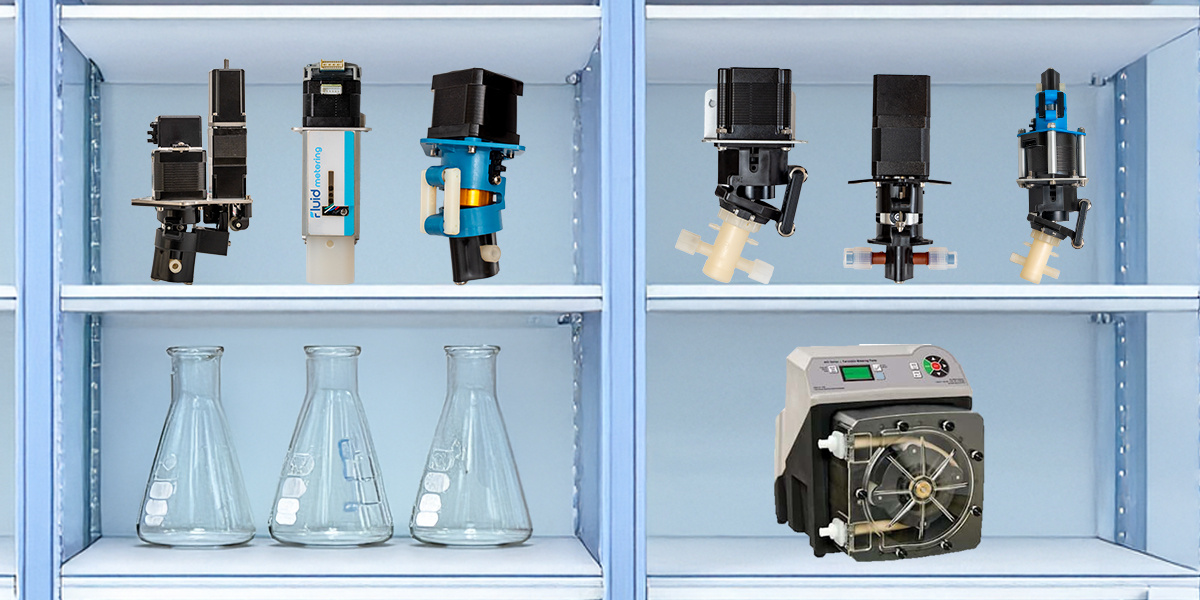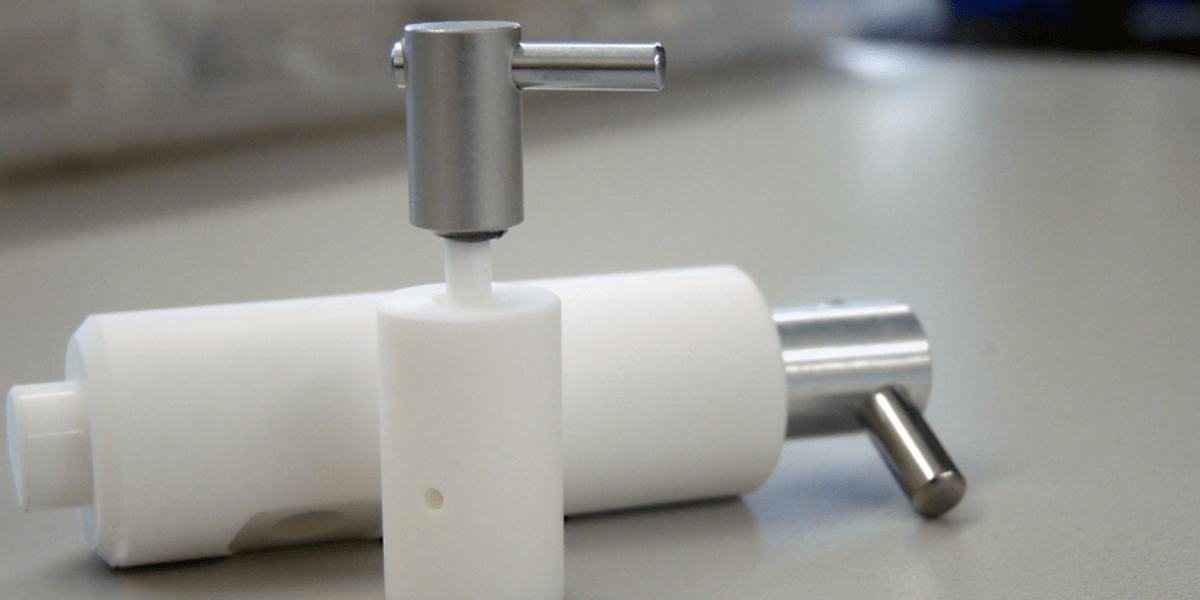A Slurry of Advanced Techniques for Pumping Micro Silica Beads
Pumping fluid with suspended particles like silica beads requires a tailored approach. The key to successful dispensing lies within the ability to...

Atomization is an innovative, small-scale concept with a helpful, large-scale impact! As it breaks down liquids, it also breaks engineering boundaries, unlocking undiscovered potential across industries. For anyone looking to master the mist in their OEM device, we've atomized the ways in which Fluid Metering's cutting-edge solutions facilitate atomization to make every drop worthwhile.
How Does Atomization Work?
Atomization is the process of transforming a liquid into tiny droplets or a fine mist. This increases the liquid’s surface area, enabling more efficient results in applications where coating or evaporation is needed. The result? Higher precision, performance, and productivity.
One way to achieve atomization is by forcing high-pressure liquid through a fine nozzle to create droplets. This method, also known as pressure-assisted atomization, offers key advantages in situations requiring precise droplet control and simpler system integration. It's also often more favorable cost-wise since it doesn't require compressed air or additional components used in air-assisted techniques.
Applications and Benefits of Atomization
Atomization supports a variety of applications, including:
Challenges & Factors Impacting Performance
Key factors influencing atomization efficiency include nozzle size, nozzle shape, fluid pressure, and fluid flow rate. Although preemptive planning, like thoughtful nozzle design, can help reach the ideal droplet size and spray pattern, achieving consistent atomization isn’t without its hurdles. Common challenges include:
Fluid Metering pumps easily overcome these challenges and deliver the precision needed for advanced atomization. By supplying controlled amounts of fluid at a wide range of pressures, including high pressure, Fluid Metering pumps ensure consistent and controlled droplet sizes. Atomization devices (atomizers), depend on this type of accuracy for top-tier performance.
Fluid properties, such as viscosity, surface tension, and concentration, also directly impact atomization. Adjustments in pressure, flow rate, and nozzle size are often necessary to accommodate different fluid types. Fluid Metering’s solutions are carefully designed to refine these parameters, providing consistent results across a wide range of fluid types. Our CeramPump® technology is chemically inert for full compatibility with various applications.
Advancements in Atomization Technology
Recent atomization advancements include smart nozzles, which can automatically adjust their settings to optimize spray patterns and droplet sizes. This next generation of atomization devices promises even greater efficiency and precision.
Real-time monitoring is also a game-changer for atomization. By measuring droplet sizes and leveraging pressure and flow sensors, engineers can ensure accuracy and make adjustments on the fly.
Ready to advance your atomizer? Fluid Metering has the tools and technology to meet the fine details of your atomization needs. From military-grade sterilization solutions to cutting-edge advancements in spray efficiency, together, we can redefine what’s possible - drop by drop!

Pumping fluid with suspended particles like silica beads requires a tailored approach. The key to successful dispensing lies within the ability to...

2 min read
Industrial, environmental, and medical devices use pumps for various functions in many of their applications. Among the myriad of pump types...

Microfluidics, the science of manipulating fluids at the microscale, has revolutionized various fields, from medicine to chemistry and beyond. In...